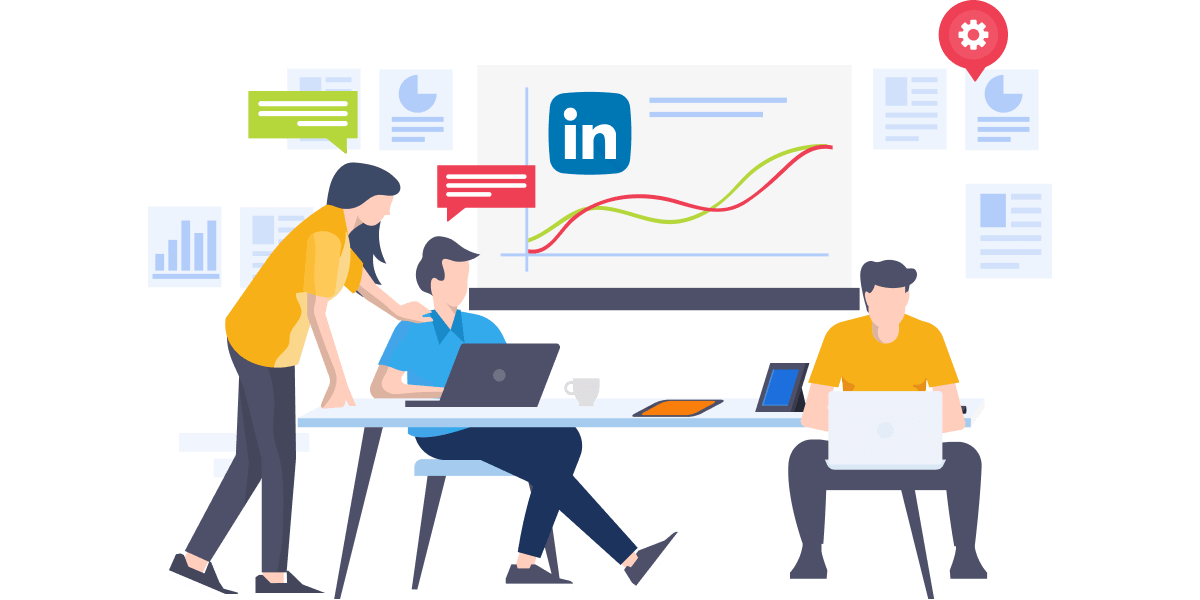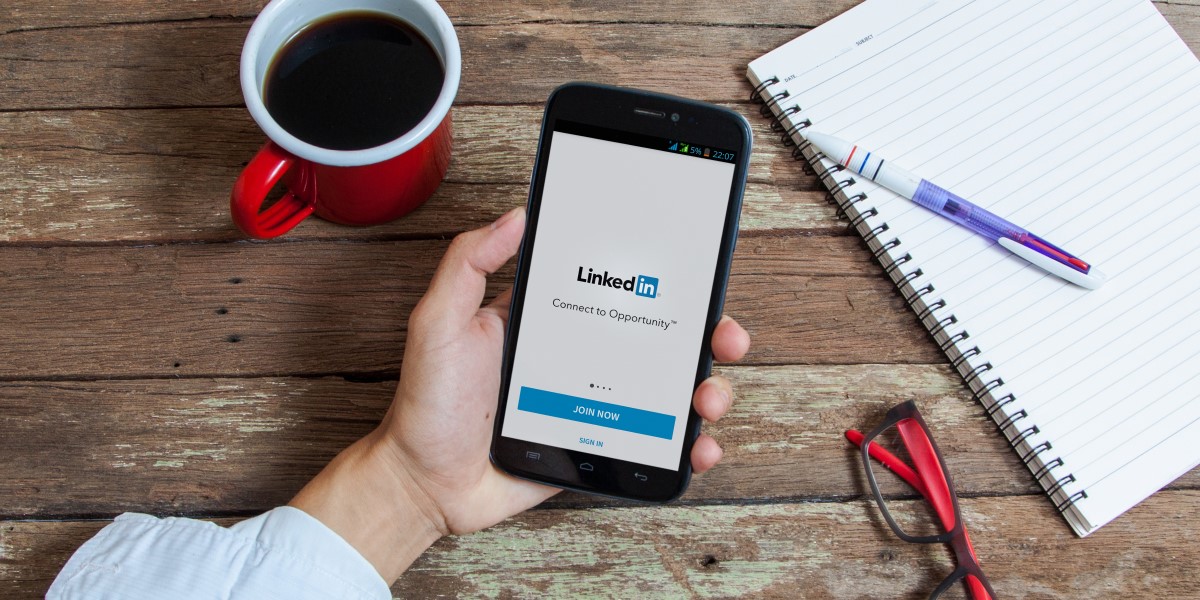LinkedIn is more than a digital resume board or networking tool — it’s a powerful B2B lead generation engine. With over 1 billion users worldwide, including decision-makers and professionals across industries, LinkedIn offers a fertile ground for generating high-quality leads.
But turning connections into customers isn’t as simple as sending cold messages. It requires a well-structured approach, strategic positioning, and consistent engagement. In this article, we’ll explore how to leverage LinkedIn effectively for lead generation and build a pipeline of qualified prospects.
Why LinkedIn for Lead Generation?
Unlike other social platforms, LinkedIn is built specifically for professional relationships. Here’s why it stands out for lead generation:
-
High-quality audience: 4 out of 5 LinkedIn members drive business decisions.
-
Advanced targeting: You can target by job title, industry, company size, and more.
-
Content visibility: Thought leadership and brand authority can be established through native content and engagement.
-
Relationship-focused: LinkedIn Lead Generation prioritizes trust and authenticity — critical elements in B2B sales.
Step 1: Optimize Your Profile for Conversion
Before reaching out, your profile should position you as credible and approachable. Think of it as your landing page.
Key areas to optimize:
-
Professional photo: Use a clear, friendly headshot.
-
Headline: Instead of just your job title, describe the value you offer.
E.g., “Helping SaaS Companies Boost Demos Through Targeted Lead Generation.” -
About section: Craft a story that resonates with your audience. Highlight results, not just roles.
-
Featured content: Showcase testimonials, case studies, or valuable resources.
-
Experience: Frame your past roles in terms of outcomes you’ve delivered, not just responsibilities.

Step 2: Define Your Ideal Client Profile (ICP)
The key to successful lead generation is targeting the right people.
Build a clear Ideal Client Profile based on:
-
Industry
-
Company size
-
Geographic region
-
Decision-maker roles (e.g., CMOs, HR Directors, IT Managers)
-
Pain points they commonly face
LinkedIn Sales Navigator is an excellent tool to narrow down this list using filters and Boolean search logic.
Step 3: Build a Targeted Connection Strategy
Instead of sending generic connection requests, personalize each one. You’re more likely to be accepted — and eventually convert — if the prospect sees relevance and intent.
Best practices:
-
Include the person’s name and a brief reason for connecting.
-
Mention shared interests, groups, or connections if applicable.
-
Keep it short and genuine.
Example: “Hi John, I’ve been following your posts on SaaS marketing — would love to connect and share insights.”
Avoid jumping straight into a pitch. The goal is to start a conversation, not a transaction.
Step 4: Share Valuable, Relevant Content
One of the most effective ways to attract leads is by positioning yourself as a thought leader. When you consistently share content that helps your target audience solve problems, you become a trusted source.
Types of content that work:
-
LinkedIn articles or posts with actionable tips
-
Short videos or carousels explaining complex topics
-
Case studies or success stories
-
Polls or questions to spark engagement
-
Industry trends and insights
Don’t just post and ghost — engage with comments, ask follow-up questions, and join relevant discussions.
Step 5: Use Messaging to Start Conversations, Not Sales Pitches
Once someone connects, don’t rush to pitch. Use messaging to understand their needs, add value, and build rapport.
Sample message flow:
-
Thank-you message after connecting
“Thanks for connecting, Lisa! I enjoyed your recent post on team collaboration — looking forward to learning more from your insights.” -
Engagement message a few days later
“Quick question, do you ever face challenges in generating qualified leads through your existing campaigns?” -
Value-add message with a soft offer
“I recently wrote a quick guide on improving lead gen for consultancies — happy to share if it’s relevant to you.”
This approach builds trust and opens the door to a discovery call, instead of pushing for one upfront.
Step 6: Join and Engage in Niche LinkedIn Groups
Participating in relevant industry groups helps expand your visibility and network. Share your expertise in comments and discussions rather than overtly promoting your service.
Tips:
-
Join groups where your ICP is active.
-
Comment with thoughtful responses.
-
Post original insights occasionally to stay visible.
Over time, this helps establish credibility and attract inbound leads organically.
Step 7: Run LinkedIn Ads for Scalable Growth
If you’re looking to scale beyond organic efforts, LinkedIn Ads can be powerful — especially for:
-
Promoting lead magnets (eBooks, webinars, free audits)
-
Retargeting website visitors or content engagers
-
Running direct lead generation forms (LinkedIn Lead Gen Ads)
Keep in mind: LinkedIn ads tend to have higher cost-per-click than other platforms, but offer greater targeting precision and lead quality in B2B contexts.
Best practices:
-
Use clear, concise copy
-
Focus on the benefit, not just the feature
-
Always test different creatives and audiences
-
Optimize landing pages or forms for conversions
Step 8: Track, Measure, and Refine
Like any marketing effort, your LinkedIn strategy should be backed by data. Track KPIs such as:
-
Connection acceptance rate
-
Message response rate
-
Content engagement (likes, comments, shares)
-
Leads generated
-
Meetings booked
Use this data to continuously optimize messaging, targeting, and content strategies. Tools like Shield (for LinkedIn analytics) and CRM integrations can streamline this process.
Conclusion
LinkedIn is a goldmine for B2B lead generation — but only if approached strategically. It’s about building relationships, delivering consistent value, and positioning yourself as a resource, not a salesperson.
By optimizing your profile, targeting the right audience, sharing impactful content, and engaging authentically, you can transform LinkedIn from a networking site into a revenue-driving channel.


